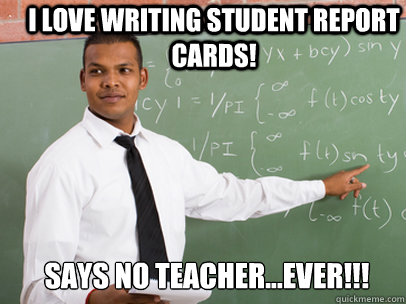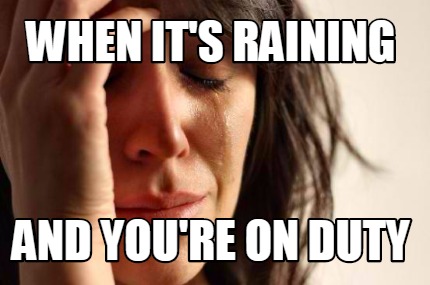What is it about laminating that makes us teachers like it so much? Is it the calming and relaxing nature of it? The sense of accomplishment? The way you can do it without much brain work? or maybe its just seeing how nice things look when they are laminated!
Lets go over the basics to an awesome laminating job!
The Machine:
I got my laminator almost a decade ago. I ummed and arghed about whether to get the more expensive A3 (that's poster size for my American friends) but it is a decision I have never regretted. Not only is it awesome for when I want to laminate larger items but it is also great for having a little more leeway when I put the sheet through. A slight angle isn't going to jam. My machine has only once jammed and it was totally human error. It has never overheated or stopped working.
There is a hack I see on Pinterest every now and again about using an iron to laminate. In a pinch this works fine but to get a good, even seal it takes four times as long. So if you laminate more than once a year a laminator is a good investment.
As I find laminting fun I prefer to laminate in the comfort of my own home while watching Netflix. It also means no time wasted at school waiting for the laminator to warm up or finding out someone else used it badly and now your colour print outs are ruined.
The Pouches:
I was oblivious to the following facts for many years because I would always look for the cheapest packs and not pay attention to anything else BUT there are actually several different types of laminating pouches other than your obvious different pouch size and quantity.
Firstly, you can get gloss or matte. I wish I had know this long ago when doing posters. Despite being more expensive, matte is better especially for posters being display on the wall where light sources vary. You can get away with gloss for student activities and of course certificates.
Secondly there is also different
thicknesses. The thicker the pouch the more heavy duty your laminated items will be. I find 80 microns is sufficient for everything I do but I prefer 125 microns for durability. Make sure you check your machines manual as there is usually a limit to what each machine will take. I can't say I have a preference for brands, I just get what I can get when I need it.
Increased Durability:
If you want your items to really last and stand up to students bending, folding and constantly handle laminated items then ensure you leave a border around your items of clear laminate (see picture above). This will act as an extra seal (laminate sticks stronger to laminate then to paper) and you will find your items less likely to peel.
The thicker the item the larger the border needs to be. If you look closely after you laminate an item you will see when the pouch has sealed. This also makes them waterproof so is great for desk name tags! Leaving a border is unnecessary on items like posters that won't be handled but I leave a border on these out of habit and it can be nice to pin/staple through the laminate then the actual poster.
Yes, this does mean you have to cut your items out twice,
Yes, it will take longer but the items will last twice as long so in the end you save! On items that aren't handled often and only last one year you can easily get away with absolutely no border.
Gluing:
Some laminating pouches have a slight stick to them to help items stay in place. To keep smaller items in place though, use a little clear glue and adhere them to the pouch. Just a small dab will work fine but keep the layer thin so that it doesn't affect your final product. This is great if using the above tip of having a border around all your items.
Scissors:
Sometimes when laminating (especially in when doing prep for the first day back) you can be in a hurry, but always let the laminating sheet completely cool before cutting! This will ensure a nice, crisp, clean cut.
Use sharp scissors that have absolutely no sticky residue on them as this will cause nicks in your cuts. I actually have a dedicated pair of scissors for cutting paper and laminated items.
When cutting, never close the scissors complete to the end. Stop a few millimeters (eighth of an inch) before closed or this to can cause nicks and uneven cutting.
If you have a special cutting machine by all means use it but I don't recommend the school ones. You can't ensure the quality and what it has been used for previously. Any stickyness of bluntless will leave nicks and marks. These not only look tacky, they can also cause injury and premature peeling!
Corners:
Sharp edges can be dangerous but if the items I am laminating have pointed corners then I leave them pointed to match. Where I can though I do love to use rounded corners for a polished look but I do them on both the item when I making them. You can get stampers that cut rounded corners, you can find them in the photo album section.
The obvious:
- Always stick the sealed edge into the laminator first.
- You must use a whole sheet and can't save piece of the pouch to laminate later. This will cause jamming.
- Ensure you give the laminating the full amount of time to warm up before you begin laminating. If your laminator is like mine then it won't start spooling until it is completely warmed up.
Well that's everything I know about laminating....Now I have a real craving to laminate something...
The resource I was laminating in some of the pictures above was my
Grouping Cards. 


 ⇨ Like us on Facebook
⇨ Follow us on Pinterest
⇨ Like us on Facebook
⇨ Follow us on Pinterest




















































